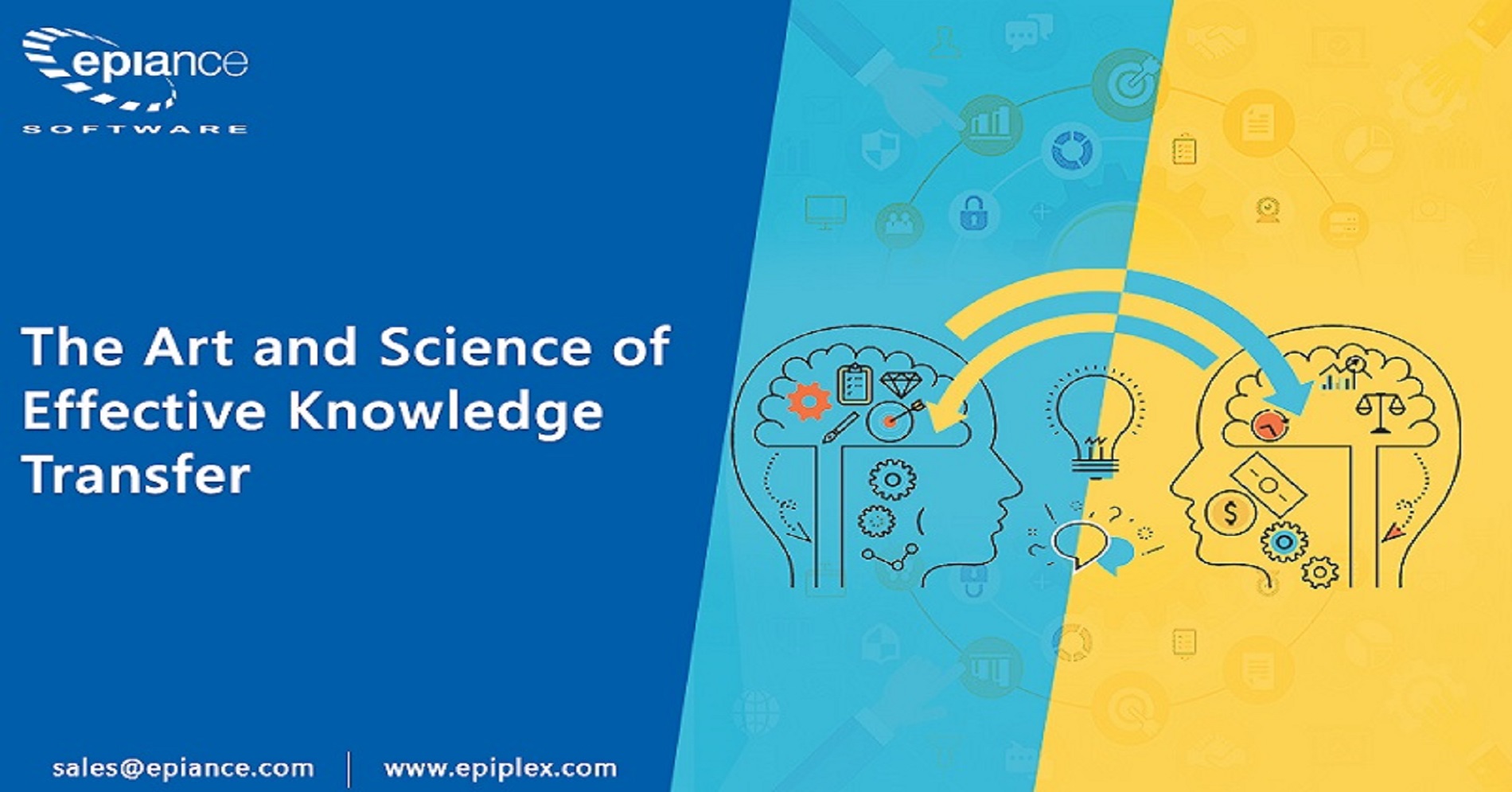
When Davis, the CEO of a large financial services organization, took the decision to move the back office operations overseas to Philippines, employee training was not his key priority. Yet when it came to training hundreds of agents to handle the finance and accounting, compliance, and risk management applications and ensure a smooth transition, it posed a huge challenge to the success of the transition.
The lifeblood of modern enterprises, fostering thriving growth, lies in the intellectual capital they generate. But here's the thing: no matter how incredible content has been created, its true value lies in getting it out there. Without effective dissemination, the hard work of your knowledge workers could go down the drain. What a waste, right? This is the reason why dissemination is a core responsibility for any organization that's serious about using its information to make a real impact.
Collaborative Content Authoring & Distribution: Why it deserves more attention
Many large enterprises invest in off-the-shelf Learning Management Systems (LMS) and think they have solved all issues with training and dissemination of learning content. The truth is there can be several barriers to implementing an effective knowledge management and distribution strategy. These barriers can vary depending on your organization's size, structure, culture, and resources.
Here are some common challenges that many large enterprises face:
Siloed Structure : Many large enterprises often have complex organizational structures with multiple office locations, departments and divisions. This siloed structure can hinder the distribution of learning content as it may be difficult to coordinate and align efforts across different teams. Lack of communication and collaboration among departments can result in fragmented or inconsistent implementation of key strategies.
Content Fragmentation : In many cases, learning content is often scattered across various systems, platforms, and repositories. This fragmentation makes it challenging to manage and distribute content effectively. Different departments or business units may develop and store their own content without a centralized approach, leading to duplication, outdated information, and inconsistent quality.
Technical Infrastructure : Implementing a robust learning content distribution strategy requires a strong technical infrastructure. Large enterprises may have legacy systems or multiple knowledge management systems (KMS) in different locations or divisions. Integrating these systems, ensuring compatibility, and providing a seamless user experience can be complex and systems, ensuring compatibility, and providing a seamless user experience can be complex and time-consuming.
Change Management : Implementing new application/solutions often requires a change in processes, systems, and employee behaviors. Resistance to change can arise due to factors such as organizational culture, lack of awareness, or fear of job displacement. Overcoming resistance and ensuring employee buy-in is crucial for successful implementation.
Content Localization and Personalization : Large enterprises often operate globally or have diverse employee populations. Adapting learning content to different languages, cultures, and learning styles is essential for effective distribution. However, localizing and personalizing content at scale can be a significant challenge, requiring dedicated resources, expertise, and tools.
Measurement and Analytics : Tracking the effectiveness and impact of learning content distribution is vital for continuous improvement. Many organizations struggle with capturing relevant training data, analyzing it, and deriving actionable insights. Incomplete or inadequate measurement practices can hinder the organization's ability to assess the ROI of learning initiatives and make data-driven decisions.
Scalability : Large organizations typically have a significant number of employees, often spread across multiple locations or countries. Scaling the distribution of learning content to reach all employees and ensure consistent access and engagement can be a logistical challenge. Ensuring scalability while maintaining quality and relevance can be demanding.
By evaluating your organization against these parameters you can assess the effectiveness of your knowledge transfer infrastructure. Addressing these barriers requires a holistic approach that combines leadership support, cross-functional collaboration, change management strategies, investment in modern technology infrastructure, content management systems, localization capabilities, and a robust measurement and analytics practice.
The role of technology in knowledge transfer
Success is never an accident. It’s the result of careful planning and execution. Modern AI- powered collaborative content authoring and distribution systems have several advanced features including –
- Task Capture – Record user interactions to uncover how individual tasks are performed. The module once installed is manually triggered on user machines to collect their data from their interactions—including keystrokes, mouse clicks, scrolls, and similar actions—while providing the flexibility to add timestamps, comments, and screenshots.
- Data Security – Protect sensitive data to ensure, PII, and/or client data displayed within applications are masked or blurred while recording.
- Collaborative Content Authoring – Develop, edit, and refine high-quality content by multiple individuals or teams by working together in near real time. For example, convert the recorded process video into a training module with the added flexibility to add voice-over, video-to-text conversion and to share process knowledge & train new users.
- Self-paced and interactive learning options – Offer self-paced on-demand interactive content to encourage user participation. Aim for improved skill development by taking training from a passive consumption to an active engagement model.
- Custom portal: Grant role-based access to training content, allowing specific user groups to access content tailored to their roles and responsibilities.
Swiftly assessing the situation, CEO Davis conducted extensive research and introduced a proven solution that not only facilitated the creation of tailored knowledge-sharing content but also its efficient distribution to specific audiences. With detailed reports and dashboards offering insights into the knowledge transfer process's effectiveness, Davis executed a well- planned transition strategy. By effortlessly bridging the knowledge documentation and training gap he ensured a smooth and successful transition.
To know more about advanced knowledge transfer and collaborative content creation solutions such as Epiplex, reach out to our experts.